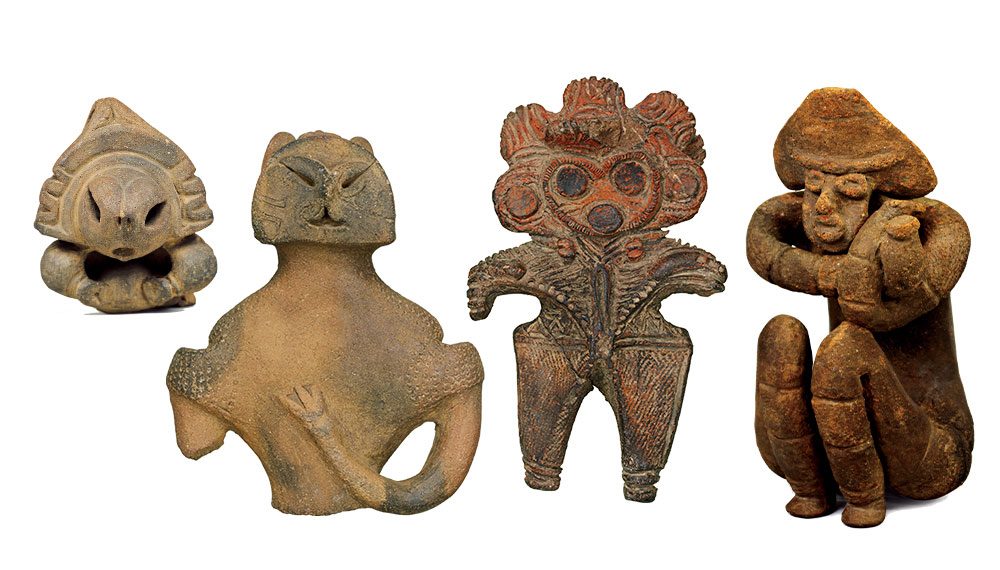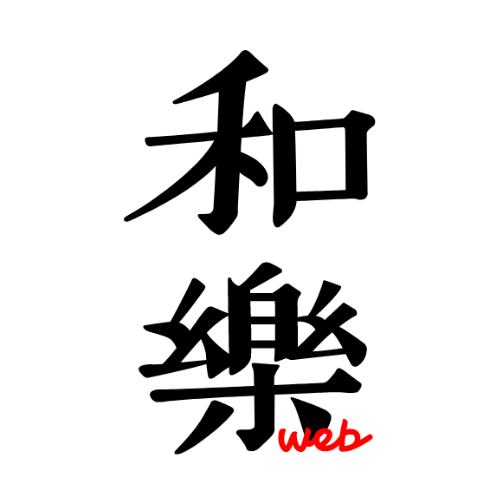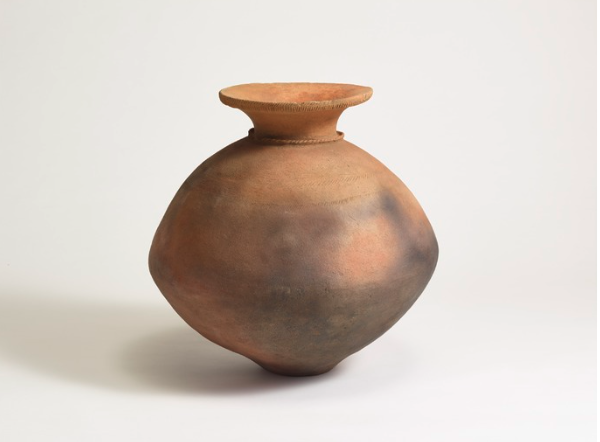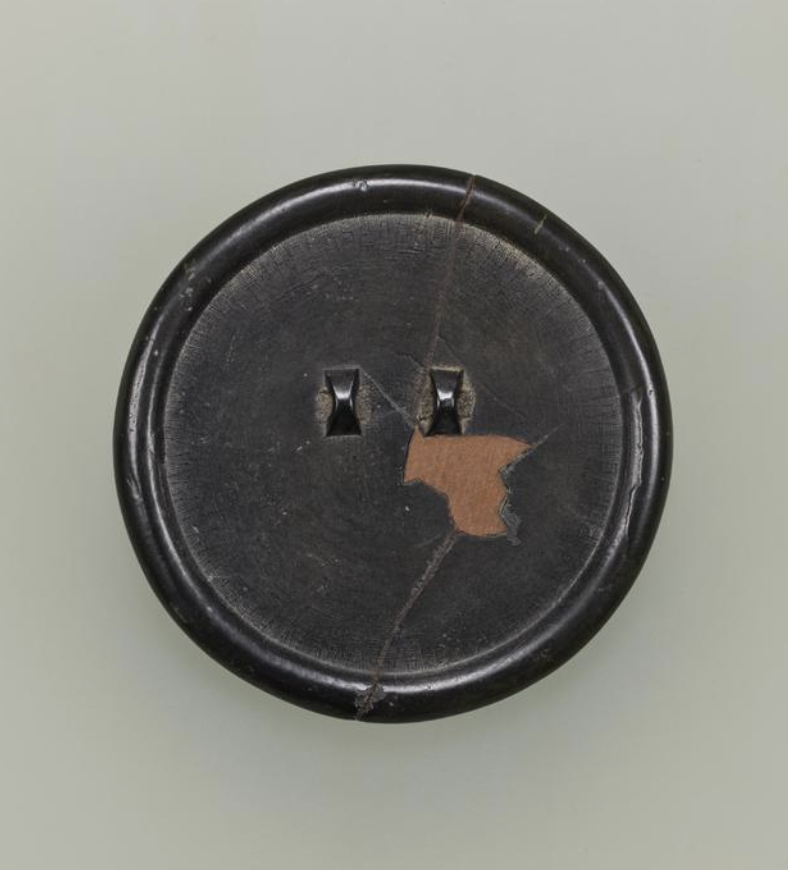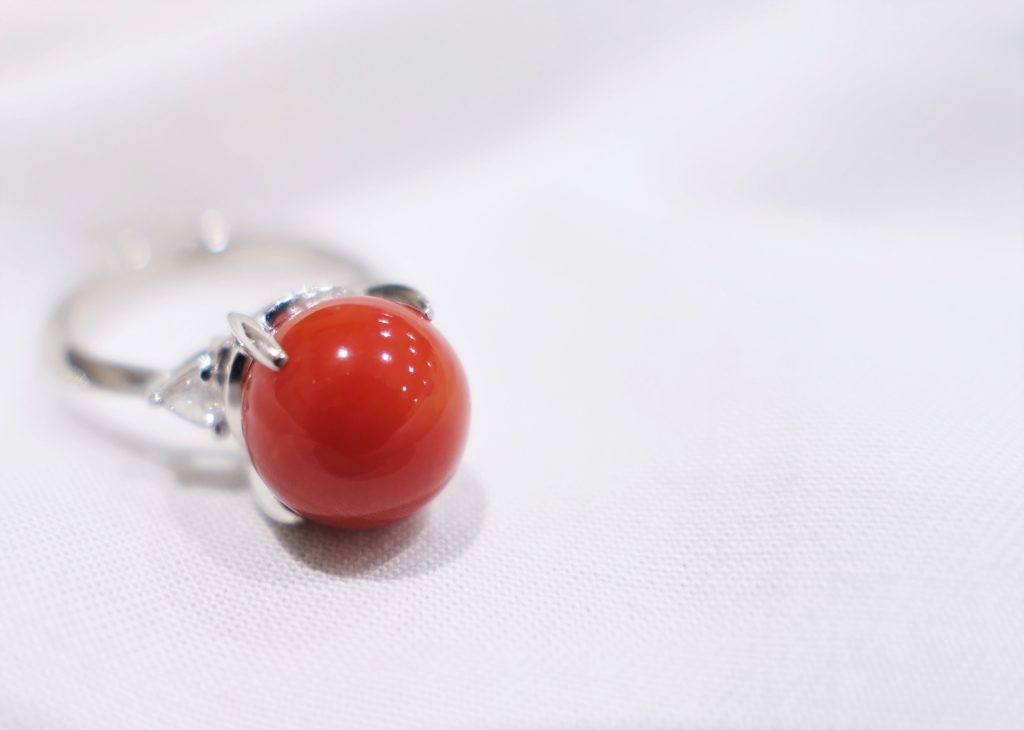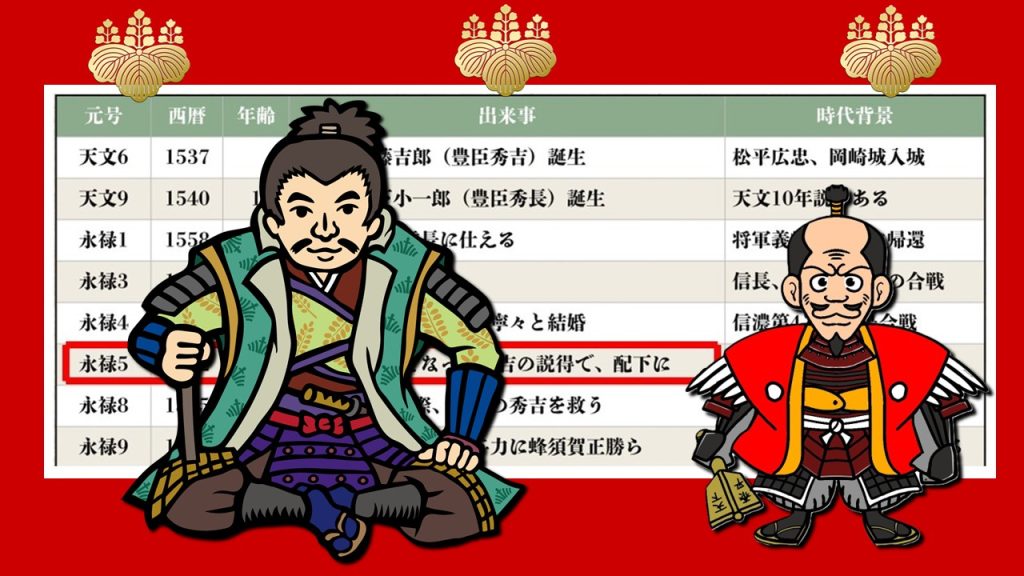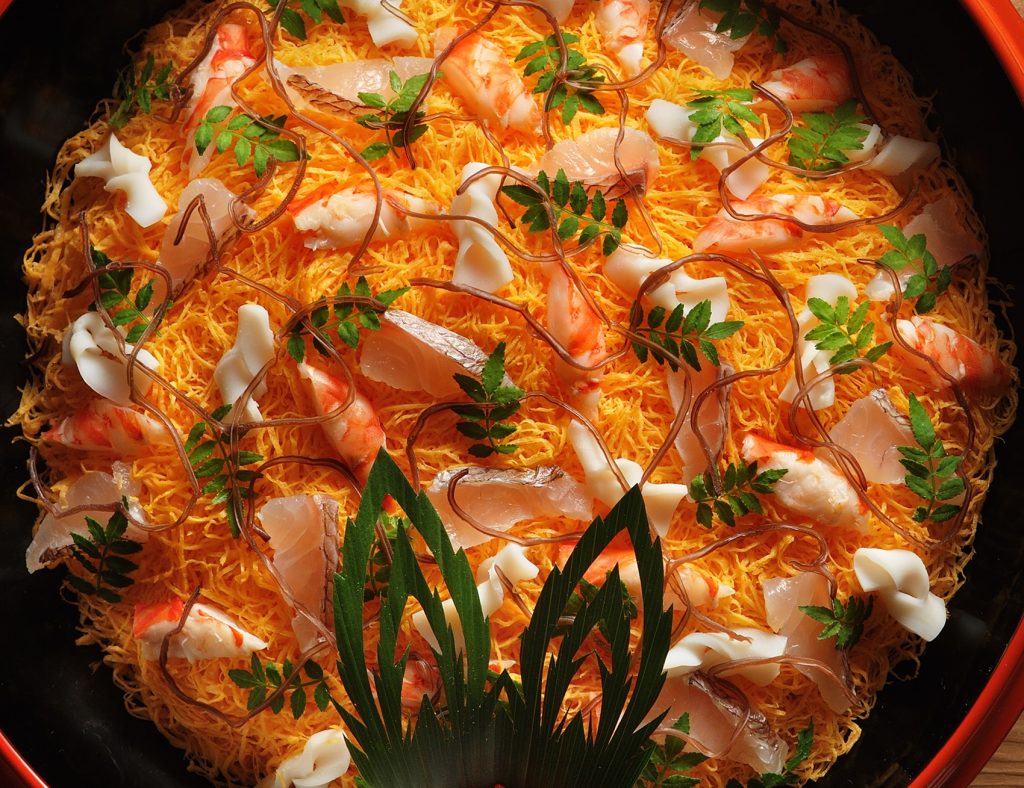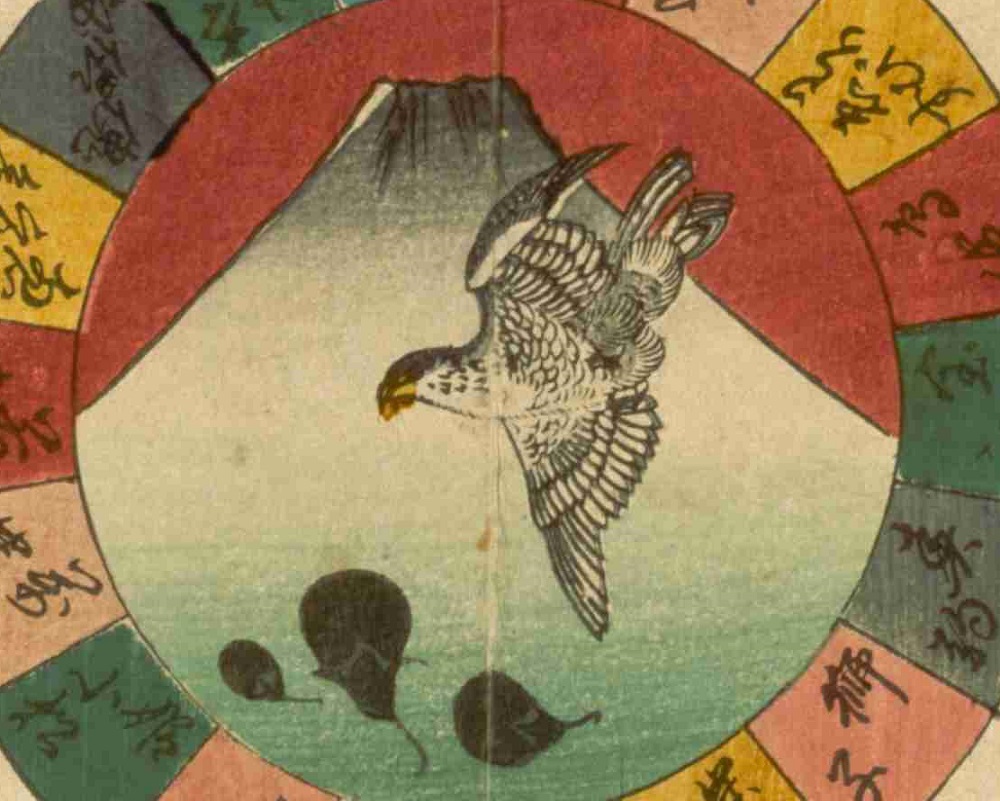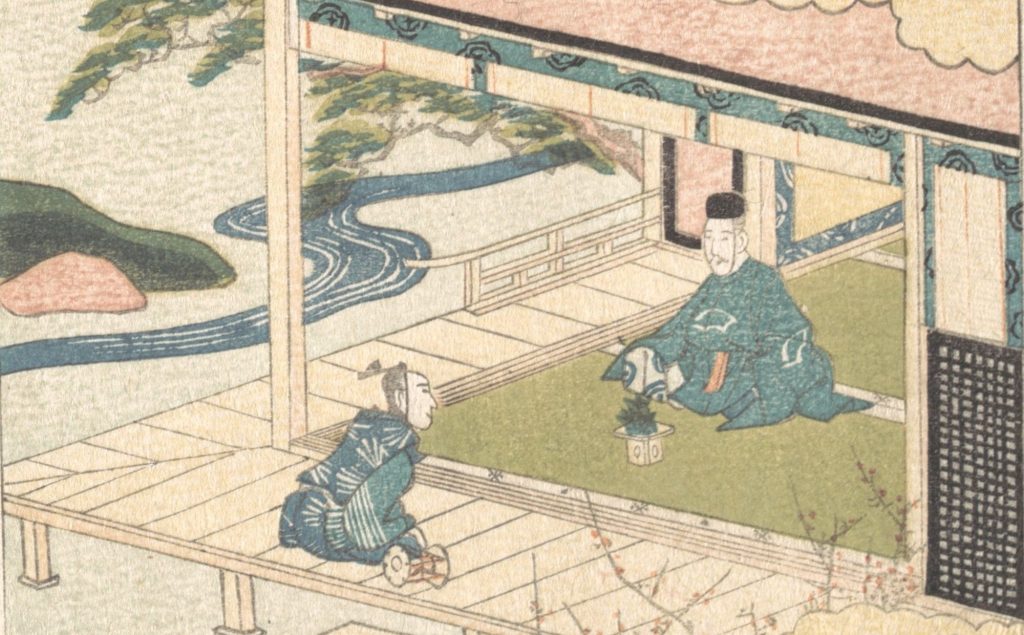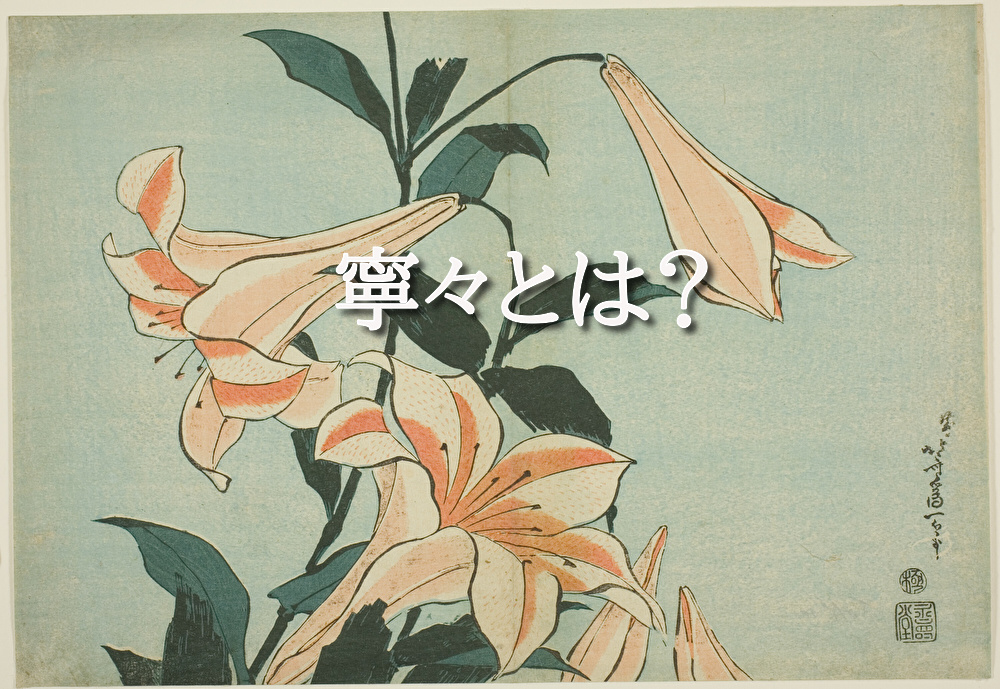Jomon dogu (縄文土偶; clay figurines) are thought to have been made by people in the Jomon period(between c. 14,000 and 300 BC,) as an expression of prayer. We have collected a variety of cute and unique dogu, from those with animal motifs to star dogu designated as national treasures. Please try and a pick out your favourite!
Dogu 1. God of the community, with the face of a horned owl
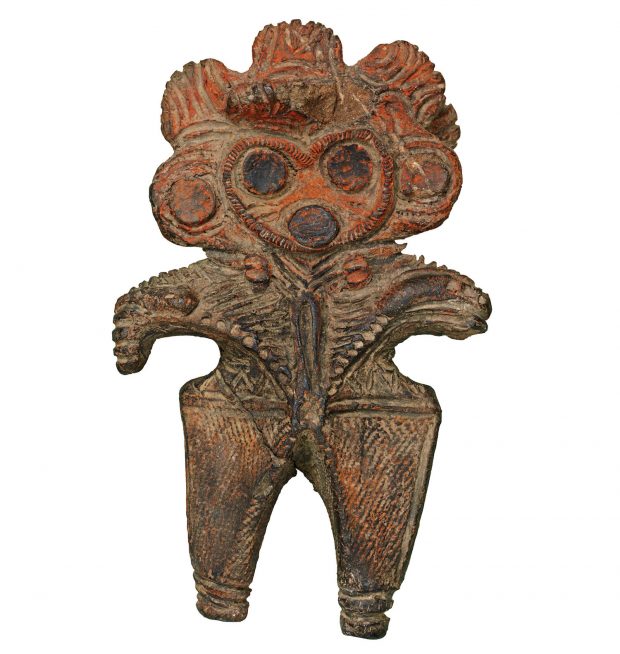 Mimizuku dogu (みみずく土偶), from Shinpukuji (真福寺) Shell Mound, Saitama-shi, Saitama, Important Cultural Property, 20.5cm high, Jomon period (Late Jomon period), 2000 – 1000 BC (Tokyo National Museum)
Mimizuku dogu (みみずく土偶), from Shinpukuji (真福寺) Shell Mound, Saitama-shi, Saitama, Important Cultural Property, 20.5cm high, Jomon period (Late Jomon period), 2000 – 1000 BC (Tokyo National Museum)
The lovable face, which looks like a cartoon character, resembles a horned owl, hence the name ‘Mimizuku dogu’. Its hairstyle is unique and its entire body is painted red and ornate. It has a strong presence, as if it was idol worshipped by villagers and shamans.
Dogu 2. Clay flutes, incense burners, toys… fantasies of diverse uses
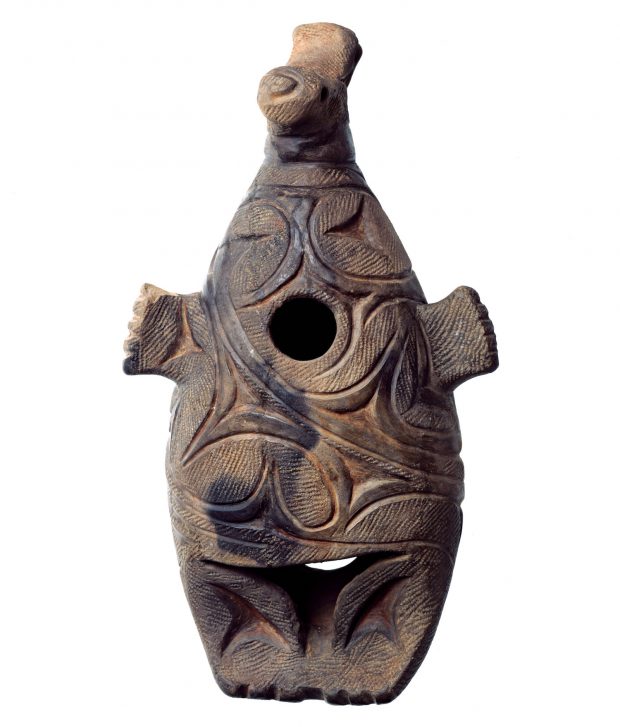 Animal-shaped clay product, from the Bibi (美々) 4 site, Chitose (千歳)-shi, Hokkaido, Important Cultural Property, Jomon period (Late Jomon period), 1000 – 400 BC (Chitose City Board of Education, Hokkaido).
Animal-shaped clay product, from the Bibi (美々) 4 site, Chitose (千歳)-shi, Hokkaido, Important Cultural Property, Jomon period (Late Jomon period), 1000 – 400 BC (Chitose City Board of Education, Hokkaido).
As they are not in the shape of a human being, they are called ‘animal-shaped clay objects’. There are various views on the use of these clay objects, such as as tsuchibue (土笛; clay flutes), koro ( 香炉; incense burners) and hunting tools, as they are hollow and have holes in the middle. If you put acorns or other nuts inside and shake it, it could also be used as a baby toy ‘rattle’! The ability to fantasise freely is one of the pleasures of prehistoric history.
Dogu 3. Representation of Jomon beauty is overwhelmingly charming!
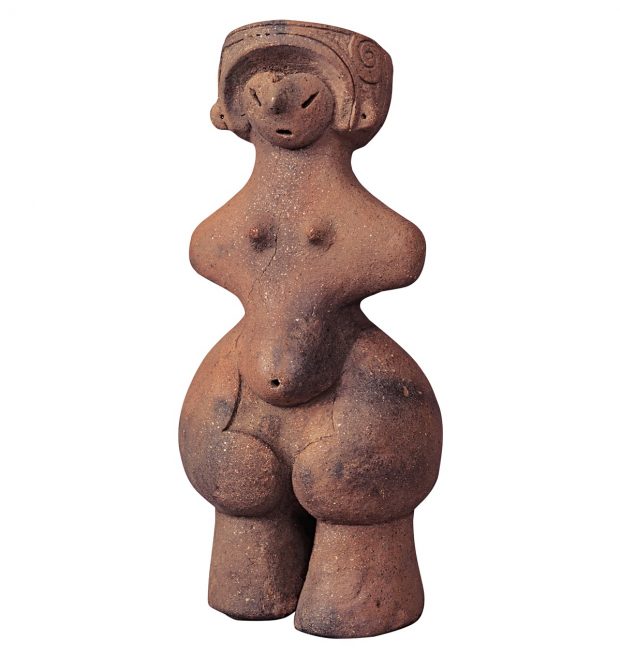 Dogu, Jomon Venus, National Treasure, from Tanahata (棚畑) Site, Chino (茅野) City, Nagano, 27.0cm high, Jomon period (Middle), 3000 – 2000 BC, in the collection of Chino City, Nagano (in the custody of the Chino City Togari-ishi museum of Jomon Archaeology).
Dogu, Jomon Venus, National Treasure, from Tanahata (棚畑) Site, Chino (茅野) City, Nagano, 27.0cm high, Jomon period (Middle), 3000 – 2000 BC, in the collection of Chino City, Nagano (in the custody of the Chino City Togari-ishi museum of Jomon Archaeology).
Simple, yet unforgettable once you see it! This is ‘Jomon beauty’. The curvaceous curves of the plump female body are thought to indicate a state of pregnancy. This clay figurine, also known as a ‘decchiri-dogu (出尻土偶)’, was found in a pit thought to be a tomb, and is thought to be a burial accessory of the tomb’s owner.
Dogu 4. They must have wanted to make cute clay vessels!
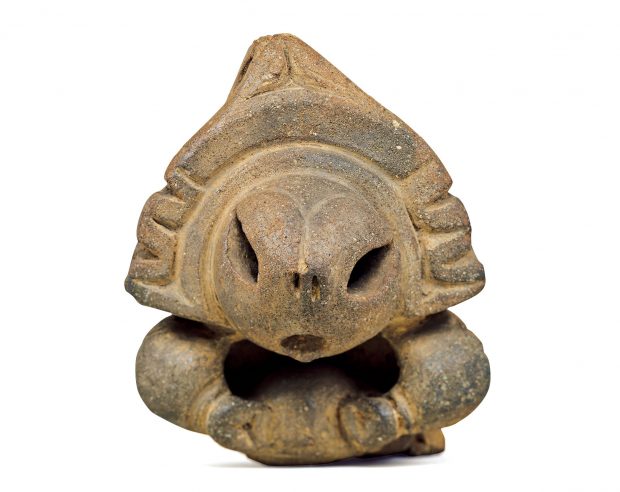 Gammen totte (顔面把手; Facial grip), from Hosaka (穂坂)-cho, Nirasaki (韮崎) City, Yamanashi, 11.2cm high, Jomon period (Middle Jomon period), 3000 – 2000 BC (Tokyo National Museum)
Gammen totte (顔面把手; Facial grip), from Hosaka (穂坂)-cho, Nirasaki (韮崎) City, Yamanashi, 11.2cm high, Jomon period (Middle Jomon period), 3000 – 2000 BC (Tokyo National Museum)
This is a face-shaped handle attached to the rim of an earthenware vessel. Was the hand-holding part of the vessel also decorated simply for fashion, or as a god to cast a ‘delicious’ spell over the food? Before rice cultivation began, the Jomon people ate all kinds of food, including meat, fish, seafood, mushrooms, grass and nuts, which they grilled or cooked.
Dogu 5. Praying for a lot of mushrooms?
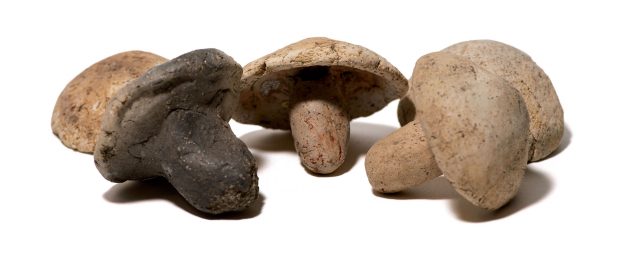 Kinokogata doseihin (キノコ形土製品; Mushroom-shaped clay ware), 5.2cm high (maximum), from the Isedotai Site, Kita-Akita (北秋田) City, Akita Prefecture, Jomon period (Late Jomon period), 2000 – 1000 BC (Kita-Akita City Board of Education, Akita Prefecture, Akita Prefecture Museum)
Kinokogata doseihin (キノコ形土製品; Mushroom-shaped clay ware), 5.2cm high (maximum), from the Isedotai Site, Kita-Akita (北秋田) City, Akita Prefecture, Jomon period (Late Jomon period), 2000 – 1000 BC (Kita-Akita City Board of Education, Akita Prefecture, Akita Prefecture Museum)
Kinokogata doseihin have been found at many Middle and Late Jomon Period sites in Hokkaido and the Tohoku region. It is believed that they were made to wish for a good harvest, as the amount of wild mushrooms harvested varied according to the weather and the year. Were they made as a sample of tasty mushrooms to prevent people from picking poisonous mushrooms? It is fun to imagine!
Dogu 6.Praying for safe delivery or mourning… deep Jomon religious beliefs
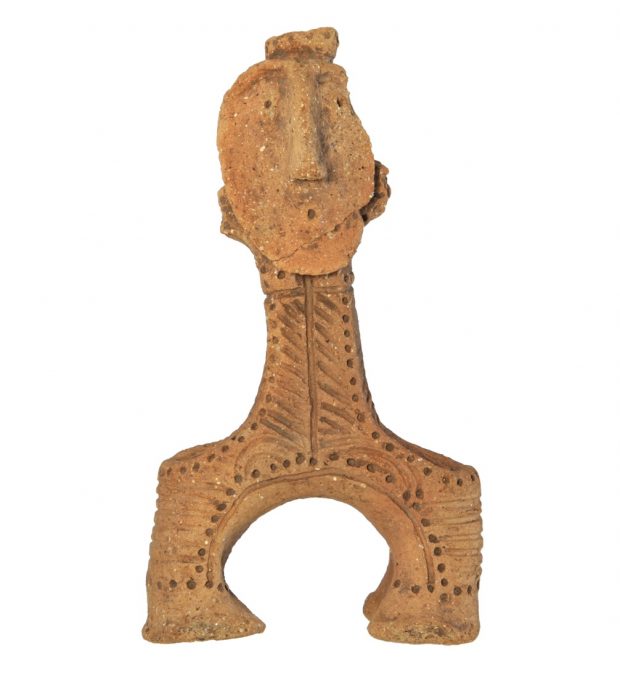 Heart-shaped dogu (ハート形土偶), from Arakoji (荒小路) site, Koriyama (郡山), Fukushima, 17.7cm high, Jomon period (Late Jomon period), 2000 – 1000 BC (Fukushima Prefectural Board of Education)
Heart-shaped dogu (ハート形土偶), from Arakoji (荒小路) site, Koriyama (郡山), Fukushima, 17.7cm high, Jomon period (Late Jomon period), 2000 – 1000 BC (Fukushima Prefectural Board of Education)
The small eyes and mouth, and the straight nose, suggest that there may have been a model. Many dogu have a vertical line running through the centre of the body, called a ‘Seichusen (正中線; median line)’, which may be a pregnant woman’s stretch line or a scar from a caesarean section. Such dogu are thought to have been made as a prayer for safe delivery or as a memorial to women who died in childbirth.
Dogu 7. A bob-hair cutie with a head shaped like a rice ball
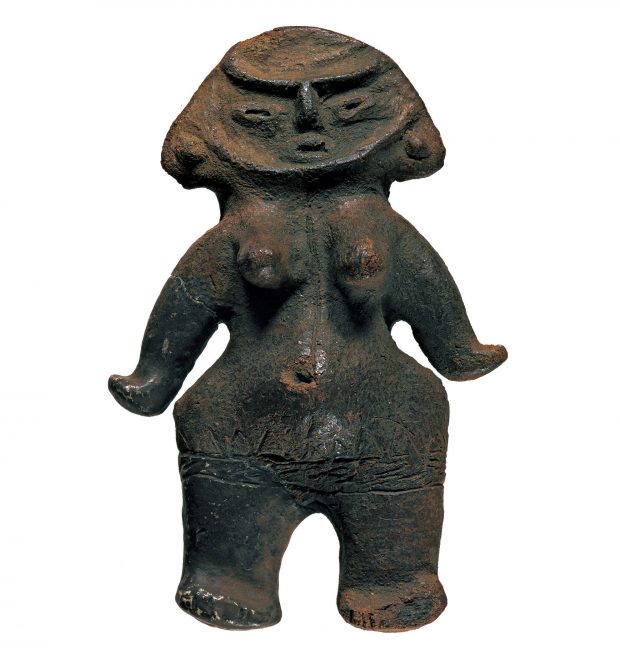 Yamagata dogu (Yamagata clay figurine), from the Eharadai (江原台) site, Sakura (佐倉), Chiba, 11.9 cm high, Jomon period (Late Jomon period), 2000 – 1000 BC (Meiji University Museum, Tokyo)
Yamagata dogu (Yamagata clay figurine), from the Eharadai (江原台) site, Sakura (佐倉), Chiba, 11.9 cm high, Jomon period (Late Jomon period), 2000 – 1000 BC (Meiji University Museum, Tokyo)
Dogu with triangular, mountainous heads, which can be widely seen in the late Jomon period, mainly in the Kanto region but also in the Tohoku and Chubu regions, are known as Yamagata dogu. These cute clay figurines have round breasts and earring-like clay grains attached to the ears. Below the ‘Seichusen’ a navel hole can be seen.
Dogu 8. Even the Jomon people must have prayed for a good harvest, a good catch and domestic safety!
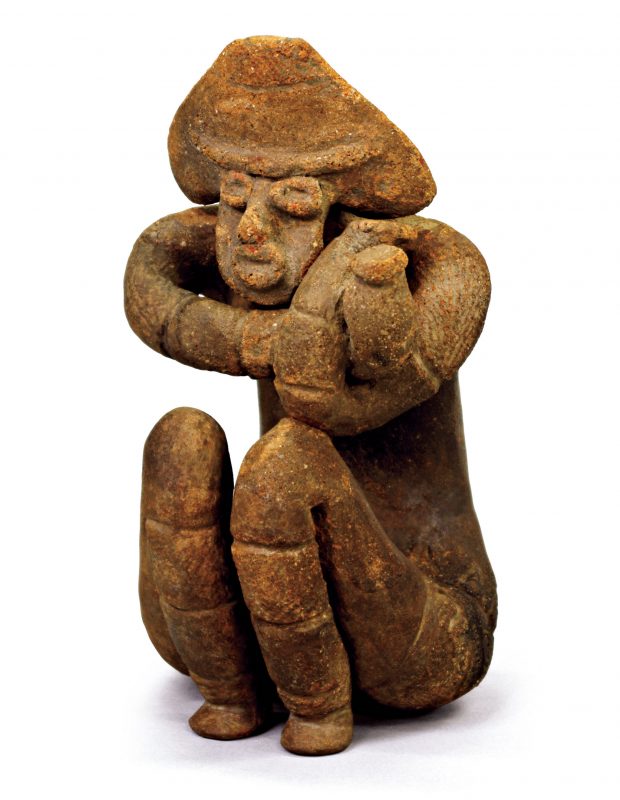 Shagamu dogu (しゃがむ土偶; Crouching Clay Figure), from Kamioka (上岡) Ruins, Fukushima (福島), Fukushima, 21.3cm high, Jomon period (Late Jomon period), 2000 – 1000 BC (Fukushima City Board of Education, stored at Miyahata (宮畑) Ruins Historic Site Park)
Shagamu dogu (しゃがむ土偶; Crouching Clay Figure), from Kamioka (上岡) Ruins, Fukushima (福島), Fukushima, 21.3cm high, Jomon period (Late Jomon period), 2000 – 1000 BC (Fukushima City Board of Education, stored at Miyahata (宮畑) Ruins Historic Site Park)
This clay figurine, thought to be a crouching, praying figure, was made in the late Jomon period. This was a time when the Japanese archipelago was changing to a cooler climate and the harvest of marine products and nuts was declining. The Jomon people must have prayed that they could harvest more food and live in peace. The fundamental human wish is the same in every age.
Dogu 9. In awe of religious leaders
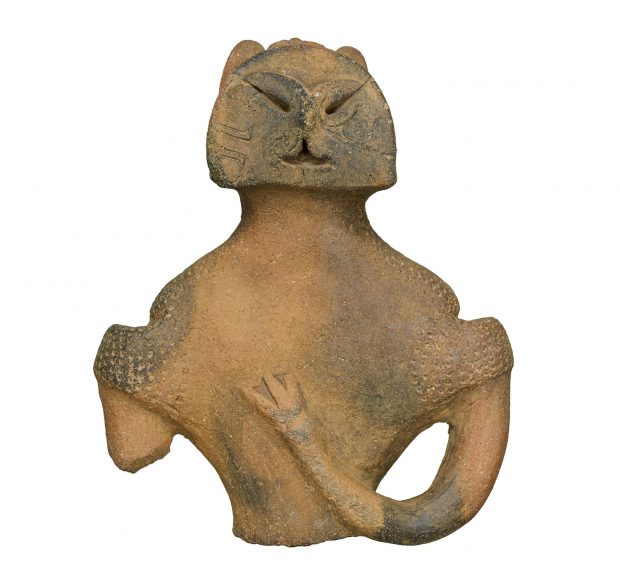 Posed dogu (ポーズ土偶), from Kamikurokoma (上黒駒), Fuefuki (笛吹)-shi, Yamanashi, 25.4 cm high, Jomon period (Middle), 3000 – 2000 BC (Tokyo National Museum)
Posed dogu (ポーズ土偶), from Kamikurokoma (上黒駒), Fuefuki (笛吹)-shi, Yamanashi, 25.4 cm high, Jomon period (Middle), 3000 – 2000 BC (Tokyo National Museum)
The cat-like face, or masked appearance, could be a messenger from the other world. The pose of the figure with its left hand on its chest is also deeply meaningful. The dogu may represent a religious leader, such as a shaman, who appeared when rituals were performed in the village in the mid-Jomon period, when this clay figurine was made.
Dogu 10.The energy of a powerful primitive art exudes from them!
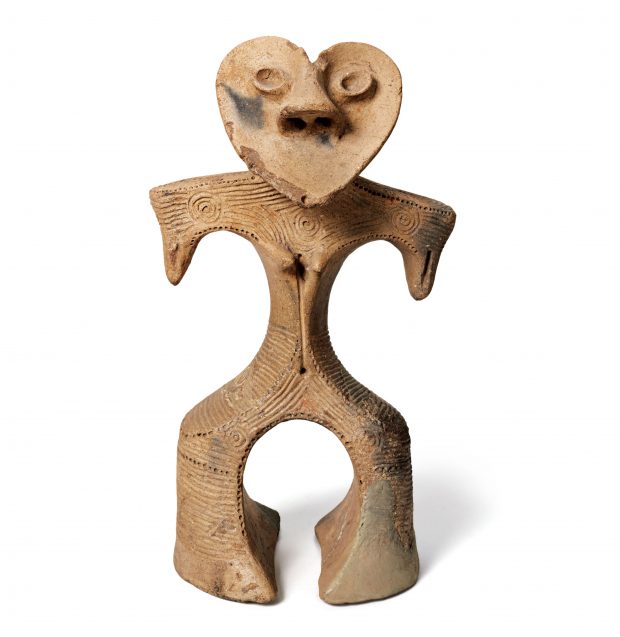 Heart-shaped dogu (ハート形土偶), from Gohara (郷原), Higashi-Azuma (東吾妻)-machi, Gunma, 30.3cm high, Jomon period (Late Jomon period), 2000 – 1000 BC (Private collection)
Heart-shaped dogu (ハート形土偶), from Gohara (郷原), Higashi-Azuma (東吾妻)-machi, Gunma, 30.3cm high, Jomon period (Late Jomon period), 2000 – 1000 BC (Private collection)
Once seen, the heart-shaped face is unforgettable. The large nose is also impressive. The legs are large and stable, making it freestanding, and it is presumed that it was placed and used. Many of the shapes evoke images of prayers for pregnancy and childbirth or religious beings, and it is thought that clay figurines were a link between life and death, this world and the next, ancestors and descendants, and gods and people.
This article is translated from https://intojapanwaraku.com/rock/art-rock/2118/






